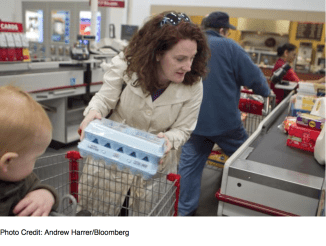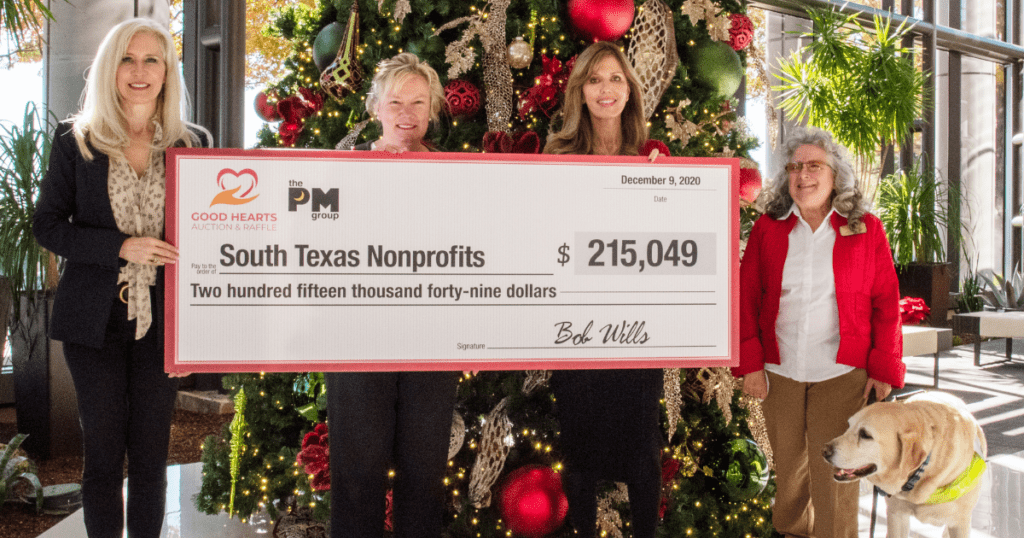TV industry slow to adopt digital ad practices, though certain tactics show promise
(by Mike Shields of the Wall Street Journal)
About a year or so ago, there were a slew of announcements in the arena that has loosely been referred to as “programmatic TV.” Collectively, they seemed to indicate that the foundation was being laid for TV advertising to finally start operating like digital advertising — meaning that TV ads would soon be bought and sold using automated technology and precision data.
Among the many moves, the ad tech company TubeMogul introduced a “programmatic TV” software tool and RTL Group invested in the TV ad tech startup Clypd.
More recently, though, it’s been awfully quiet on the programmatic TV front. At a panel last month hosted by the trade publication Videonuze, the mood was decidedly pessimistic. Obstacles and hurdles were big topics. Buying TV through ad exchanges and software platforms like the Web was hardly even discussed.
The panelists did agree on the need to kill the phrase “programmatic TV,” since it’s not a real thing, they argued.
CMO Today talked to a number of experts and tried to break down what’s what in this nascent sector.
How big is “programmatic TV,” anyhow?
Everyone uses the term in different ways, but the businesses that can be referred to under the programmatic TV banner include TV ad exchanges, TV ad-targeting services and connected TV-related services. International Data Corporation says programmatic TV will come close to being a $1 billion market in the U.S. this year. That’s not so bad, until you consider that TV advertising is a $70 billion market in the U.S., and digital advertising was close to $60 billion last year domestically.
What are TV ad exchanges all about?
Essentially, these businesses take TV ad space, pool it together, and sell it via ad tech software, ideally packaged with some targeting data. The challenge here is that the only ad inventory available via these platforms tends to come from local cable companies and satellite TV firms, so it’s not national or primetime in nature. You generally won’t find big broadcast networks here.
“There is a lot of smoke of mirrors out there,” said Long Ellis, president of Longview Media Consulting, which worked on Google’s now defunct TV ad business nearly a decade ago. “None of the TV networks want to put their inventory into anything that will be commoditized. That scares the hell out of them.”
Among the ad tech companies that claim to have aggregated TV ad inventory, “none of them have actually scaled,” said Arun Kumar, Cadreon’s global president. “They don’t really have type of inventory you are looking for.”
There’s perhaps another reason that this sector is lagging. “These ad tech companies’ focus was on automating transactions,” said Randy Cooke, vice president of programmatic TV at the ad tech firm SpotX, which RTL Group acquired a majority stake in in 2014. “That’s not a question that necessarily needed answering.” That’s because, generally speaking, it’s not that hard to buy TV advertising.
Not surprisingly, the companies in the space offer a much different assessment. TubeMogul, which launched a programmatic TV buying platform roughly a year ago, says this sector is now driving 10% of the ad spending flowing through its digital buying software.
“A year ago, this wasn’t a conversation many people in TV business wanted to have, but now they are recognizing this is happening,” said Chief Executive Brett Wilson. “It’s progressing beyond our wildest expectations.”
The ad tech startup Clypd, which last year raised $19.4 million in funding, is one of a handful of companies that help advertisers buy TV ads via software. However, the company has gained more traction among “major” cable networks looking to cut direct deals with advertisers who are using proprietary data to figure out which shows to advertise in, said Doug Hurd, Clypd’s co-founder and executive vice president of business development. He couldn’t say which networks the company works with.
Aren’t networks embracing “data” in a big way?
Well, yes and no. This is what everybody was talking up last year during the upfronts–the idea advertisers could apply better data insights when buying ads from the big cable and broadcast networks. Instead of just selling you ads in shows that reach women ages 18 to 49, the thinking went, networks can sell you ads in shows that are watched by people who like salad dressing and healthy eating.
This is happening, but slowly, with some hesitancy on both sides, say experts. The TV networks have a lucrative business model they don’t want to wreck, and are wary of letting advertisers cherry pick ads in specific shows, while ignoring the rest, said Mike Dean, vice president of programmatic and data-driven sales at ABC.
From the buy side, “I’ve often heard the skeptical comment that this is the networks trying to offload remnant ads, selling me very local, late-night, otherwise low quality [shows],” said Christina Beaumier, senior vice president at Xaxis Media.
Meanwhile, Mr. Dean, said these type of deals often involve more people, more complexity, and more costs to middlemen–to the point that they are often not worth it. So there’s not a ton of activity. Rather, most of what you are seeing now in this sector is TV companies putting out “press releases for the upfront,” he said.
What about the whole thing about different households seeing different ads?
This tactic, “addressable TV,” has some characteristics of the precision of digital advertising. Using set-top box data from cable companies such as Cablevision and Cox, advertisers can deliver ads only to households that are likely to be in the market for a car, or may be likely to vote for a particular political candidate. After many years of moving slowly, ad buyers say addressable TV is taking off.
Jonathan Bokor, senior vice president and director of advanced media at MediaVest, says this will soon be a $1 billion market on its own. “Addressable has a nice run ahead of it,” he said. “The auto category has really adopted this.”
However, the approach has its limits. For one, It can be quite manual to implement, Ms. Beaumier of Xaxis said. And since it’s only really available through select cable systems, it only really makes sense when your target audience is less than 30% of the U.S., she said. Otherwise, it’s more efficient to buy TV ads nationally.
What about apps and streaming-media viewing?
This subcategory has ad buyers excited, but it’s still tiny. Generally, “connected TV’ refers to advertising delivered to TV apps–sometimes that includes ads within full episodes of shows, while in other cases these are ads delivered within the digital menus of various individual apps. Since this content is delivered through the Internet, the potential to deliver more Web-like “dynamic advertising” is large.
Problem is, so many of us spend our streaming time with services like Netflix and Amazon, which don’t carry ads. “Connected TV is more like digital advertising but doesn’t have the scale,” said Sorosh Tavakoli, senior vice president of ad tech at Ooyala, which helps TV companies manage video advertising.
Still, platforms like Crackle, Roku and Hulu are all on buyers’ radar, said Ms. Beaumier.“ The market is accelerating and selling out.”
So, are things just stuck?
When asked if programmatic TV has been quiet, Mr. Dean said, “absolutely. This requires an evolution of business model between [pay TV providers] and programmers and changes between sellers and buyers.”
Mr. Bokor concurred. “It’s just not simple,” he said. “There are groups with competing interests. You have the [pay TV providers.] You have networks who are trying to offer their own solutions. And you have buyers who aren’t’ necessarily aligned with the way that networks want to do things.”


